
Forecasts aren’t guarantees
Your weather forecast might extend up to 14 days ahead, but don’t bet your vacation on it. “We can look at trends, but can’t forecast with any detail past seven or eight days ahead,” says Halifax meteorologist Jim Abraham. “The most accurate weather forecasts are for today and tomorrow.”
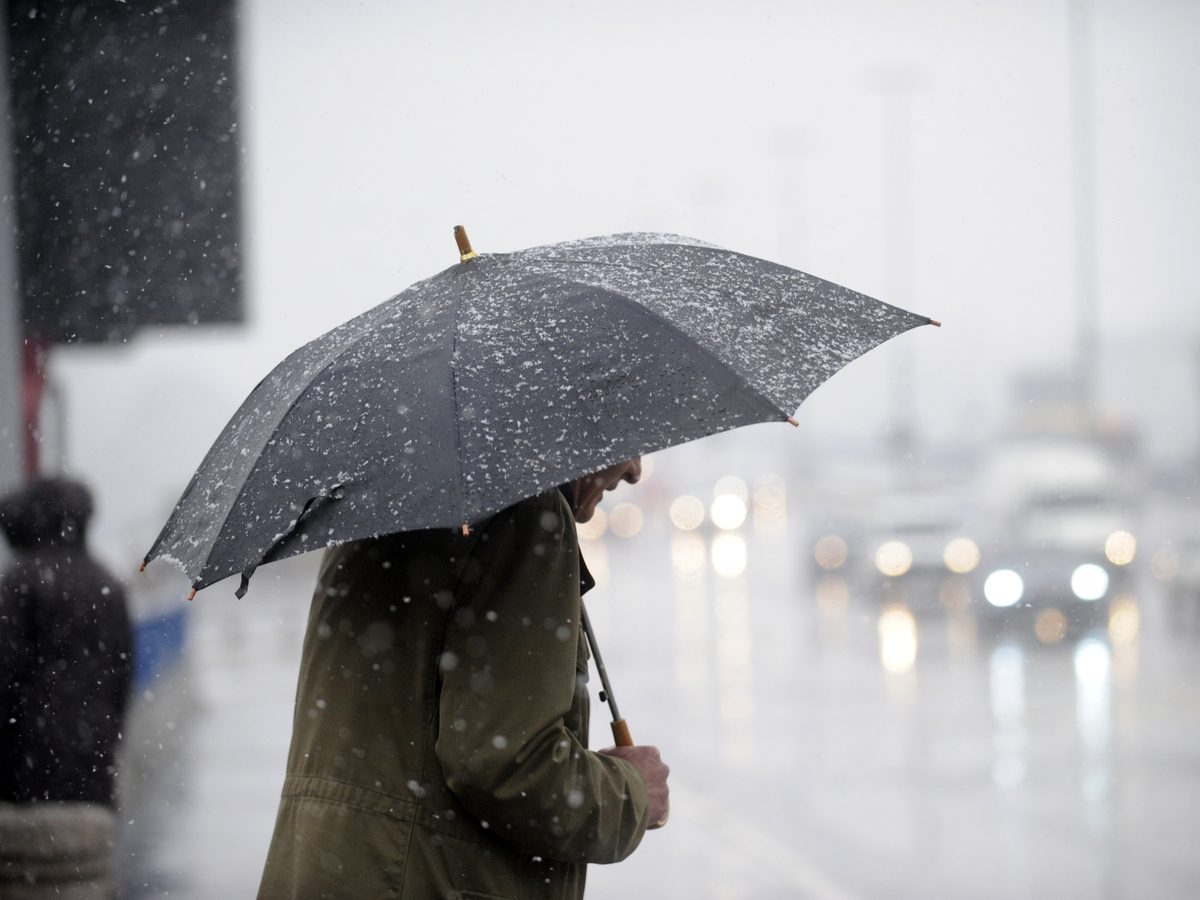
Forecasts may not be clear to everyone, either
Probability of precipitation is one of the most misunderstood parts of the forecast “A 40 per cent chance of rain means for any random spot within the forecast area,” says Abraham. If you’re commuting to work, you’re more likely to get wet than if you stay in one place.
Psst—this is the wettest place in Canada.
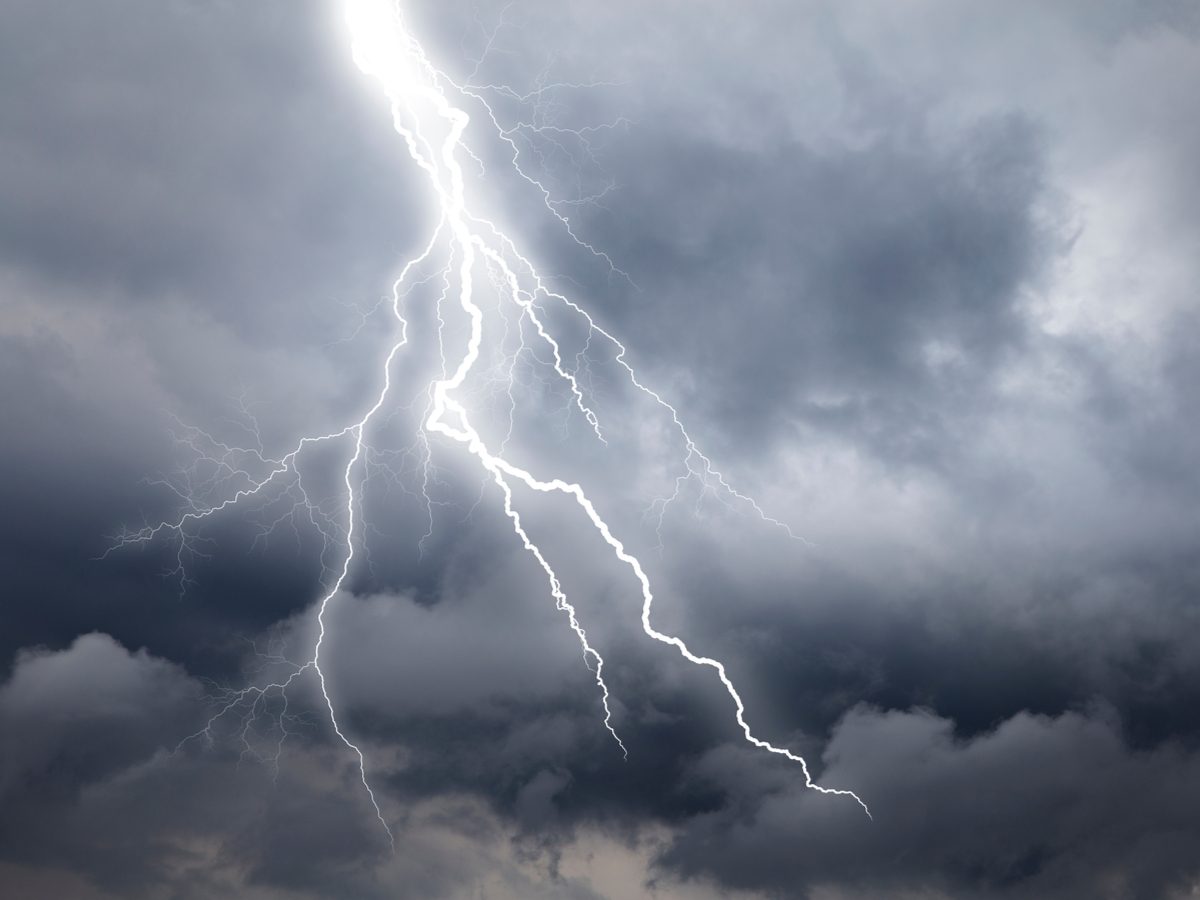
There’s a big difference between a severe thunderstorm watch and a warning
“A watch means conditions are favourable for the development of a thunderstorm,” says Gerald Cheng, a meteorologist with Environment and Climate Change Canada. “A warning means it is imminent and you need to get indoors.”
Make sure you never do this during a thunderstorm.
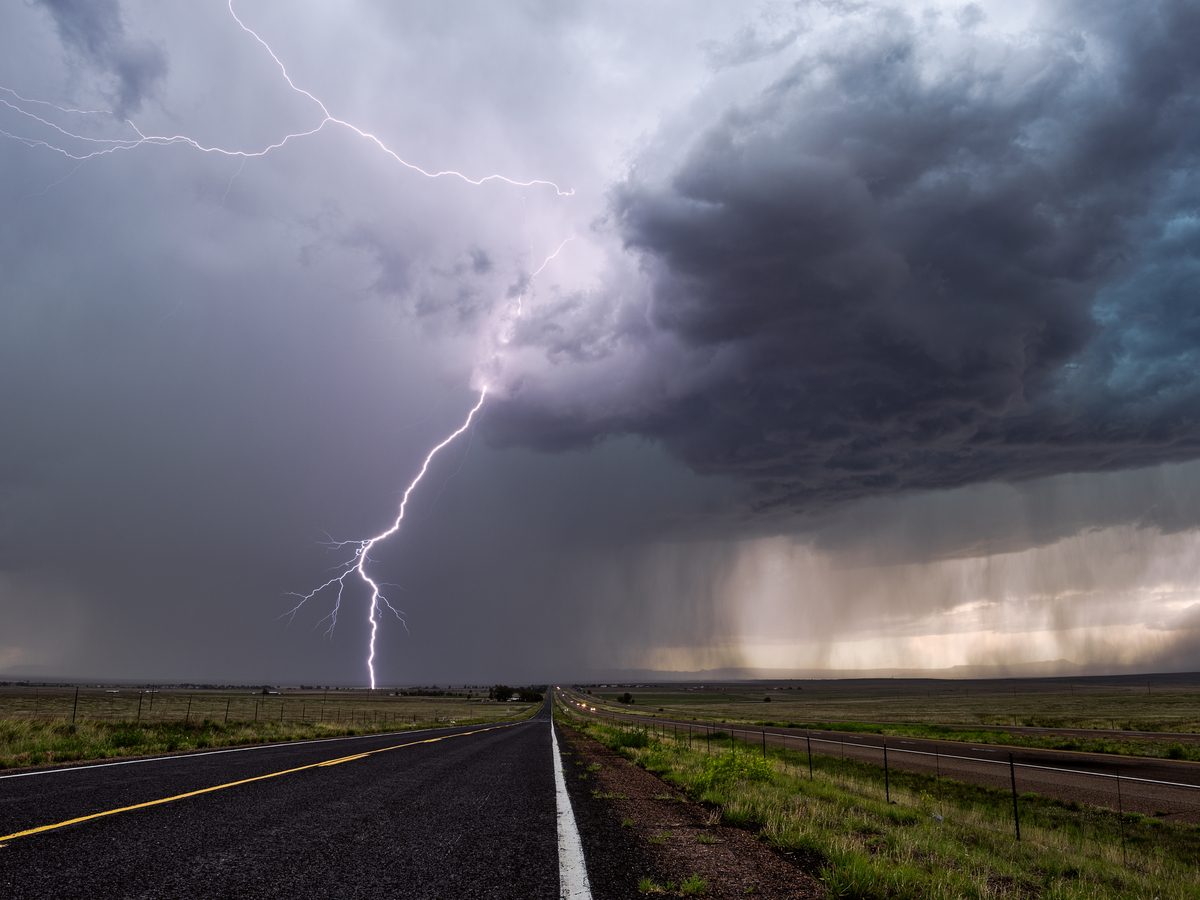
The first lightning flash can happen before you see rain or hear thunder
“If you’re in an open area, try to be the lowest thing possible,” says Cheng. “Take shelter in your car, with the windows rolled up.”
Find out what it was like in Edmonton on July 31, 1987, when the worst tornado in Canadian history tore through the city’s southeast side.
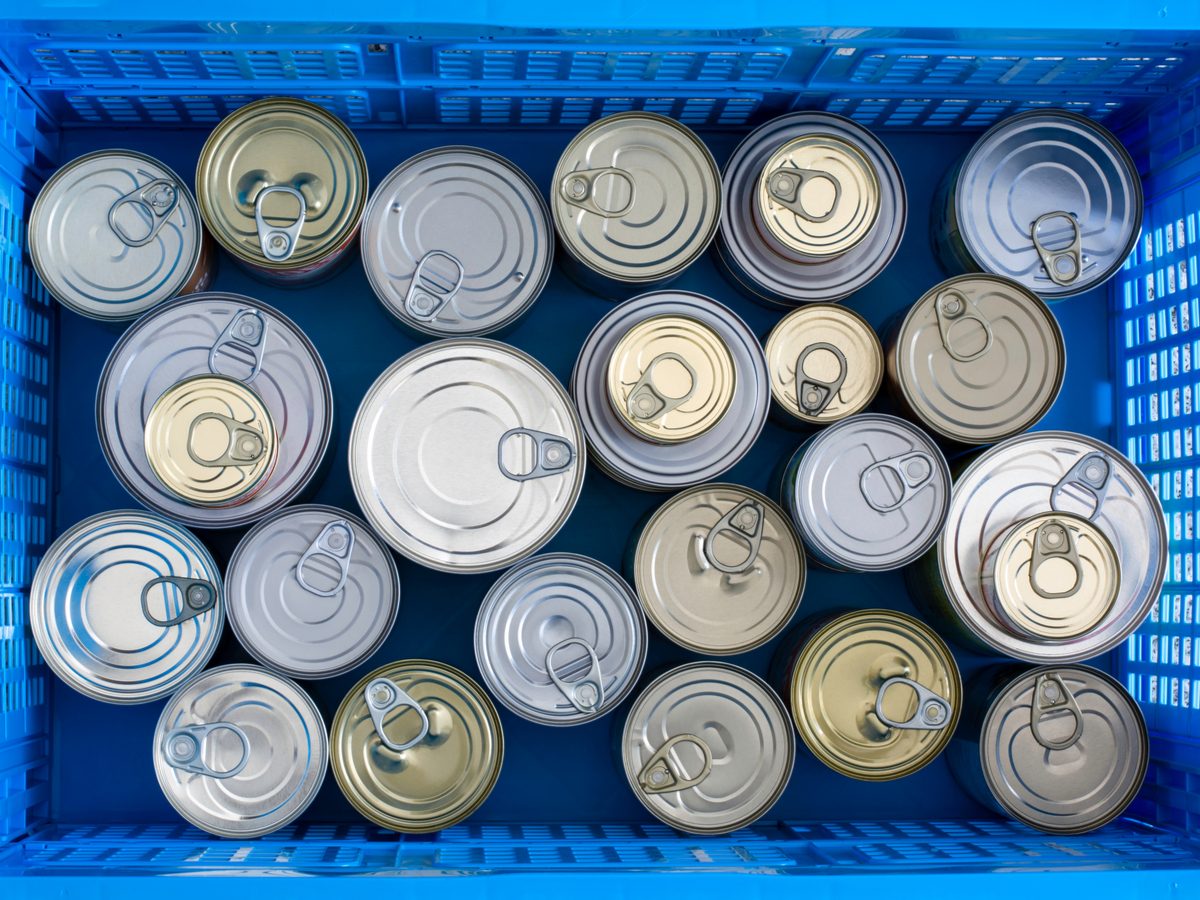
Always have an emergency weather kit ready
A basic storm preparedness kit includes at least two litres of water per person per day (plan for at least three days), non-perishable food (replace it annually), a manual can opener, a hand-crank radio, and a flashlight with extra batteries.
Check out more natural disaster survival tips from a Red Cross volunteer.
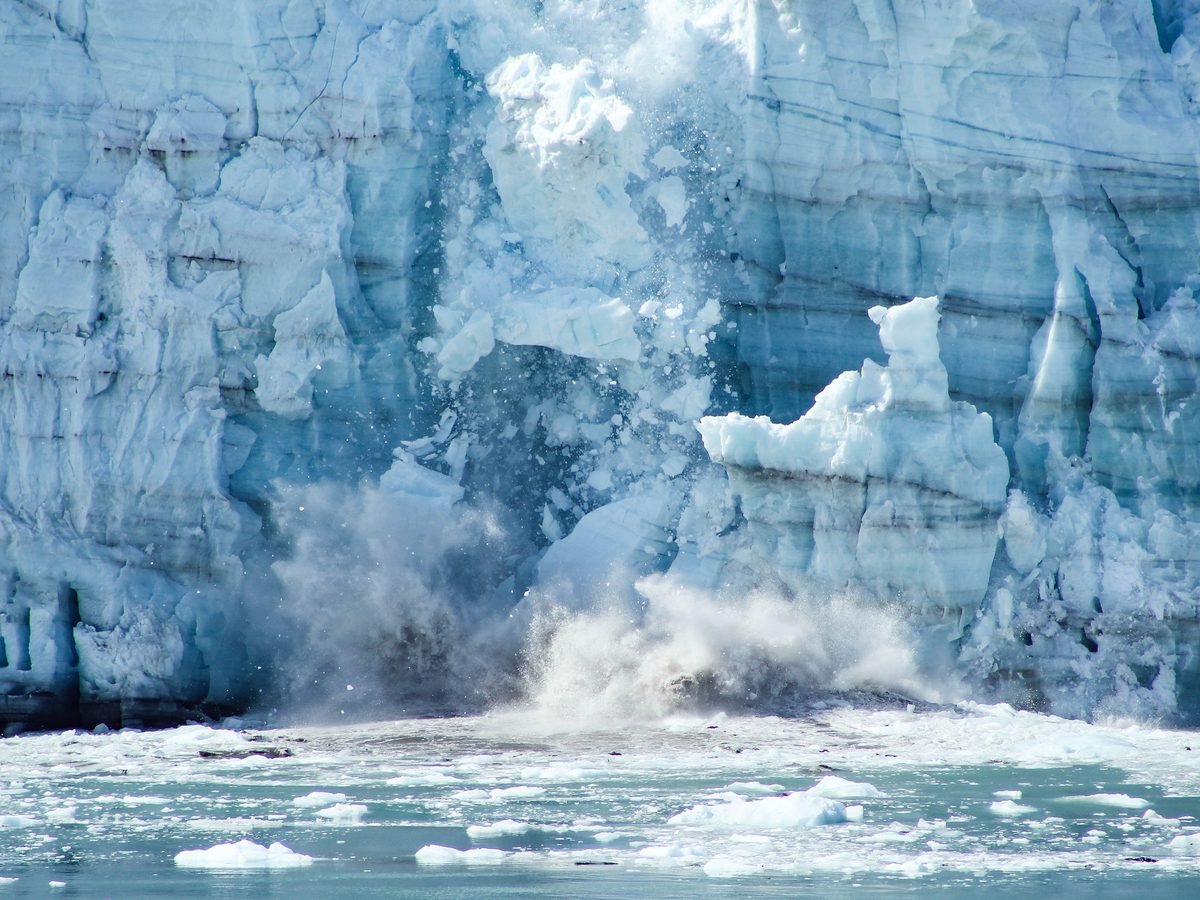
Climate change is very real…
The world is warming. Long-term data show temperature increases of twice the global average in the Arctic, causing global climate chaos.
Find out how climate change is making you sick.
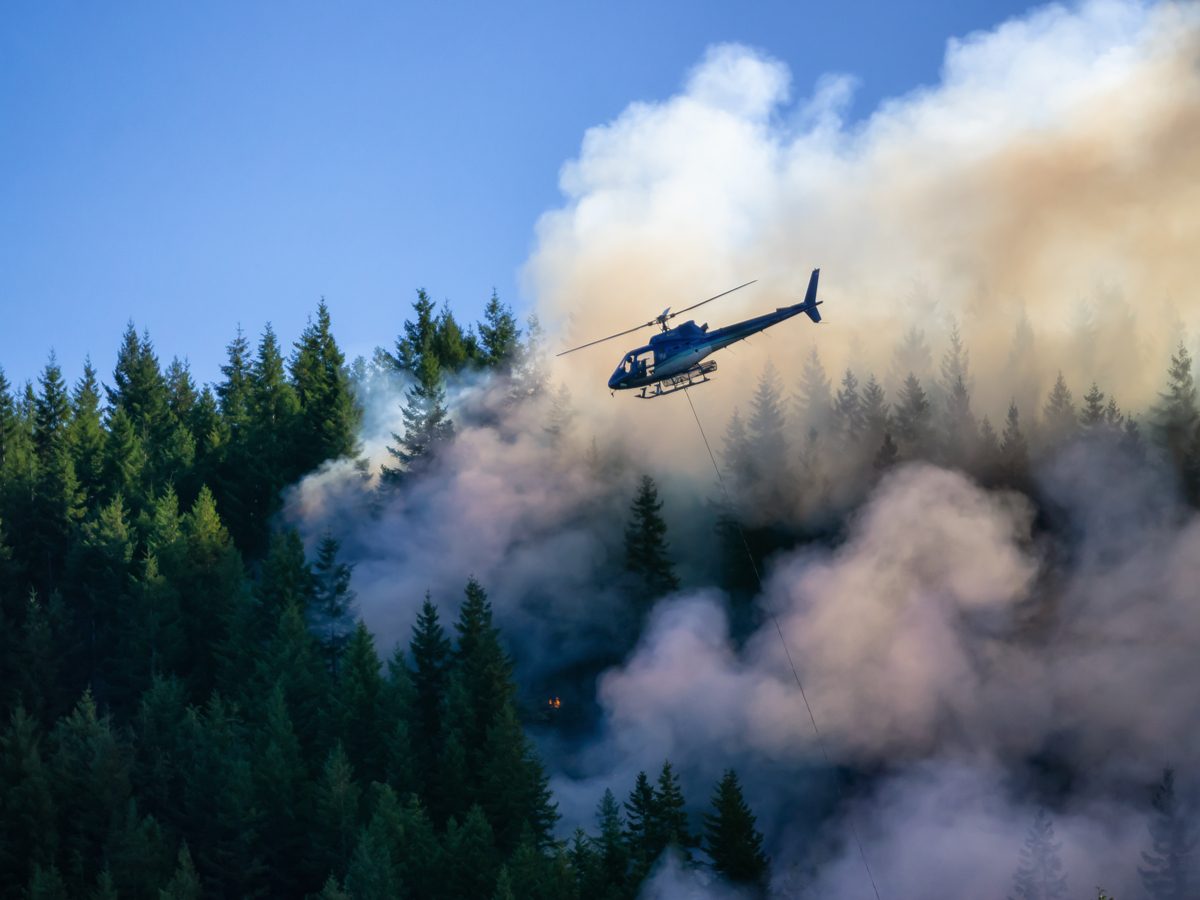
…and Canada has been greatly affected by it
Average temperatures have increased by a total of 1.7 C in Canada since 1948—twice as fast as the rest of the world. This has intensified storm activity, wildfires, floods and heat waves across the country.
Read the terrifying story of the worst forest fire in Canada’s history.

If you live near the Atlantic coast, always prepare for the worst
The most crucial information—where the hurricanes will go—depends on a delicate combination of winds, pressure systems and sea temperatures.
Find out six bizarre things that happen when it’s about to storm.
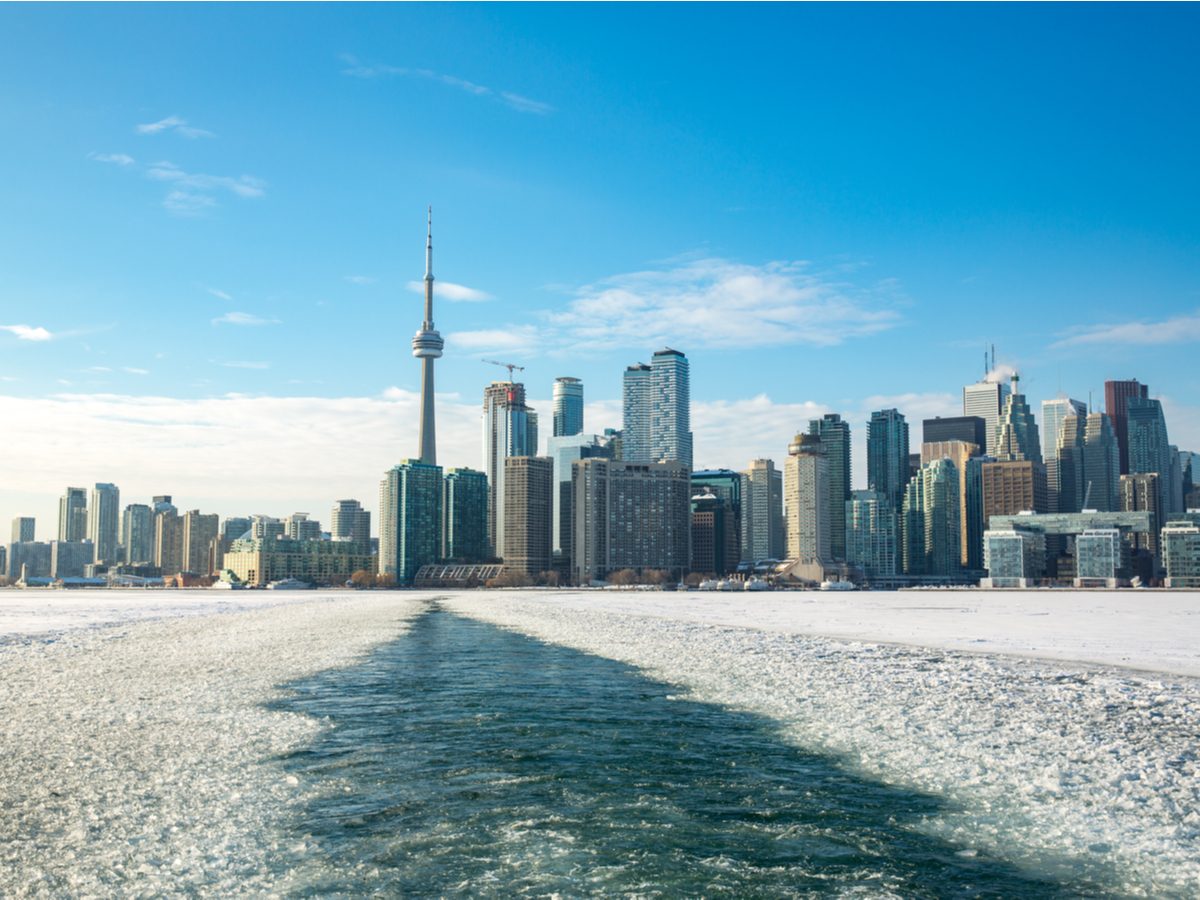
The polar vortex sounds like a scary new phenomenon, but it’s actually common
A few times each decade, jet streams—blasts of Arctic wind that would normally be corralled by air currents high in the atmosphere—break free, causing punishing winters farther south.
Find out what it was like on the coldest day in Canadian history.

The Old Farmer’s Almanac is rarely spot on
Because weather systems are chaotic, it’s impossible to predict weather trends beyond seven days ahead. Seasonal outlooks are unreliable.
Care to take a gamble? Check out the extended fall forecast across Canada.

Clouds don’t filter out UV rays
The daily UV index tells you the intensity of sunburn-producing ultraviolet radiation at any given location. At 3 and above, apply SPF 30 sunscreen every 90 minutes, even on cold and cloudy days.
Here are more sunscreen tips you should always follow.

Pay close attention to your body
The humidex and wind chill can help interpret how the day’s forecast will affect your comfort level, but they don’t take into account factors that make each person experience heat and cold differently, like body type, age and certain health conditions.
Here’s what it could mean if your hands are always cold.

Not all weather apps are equal
Weather apps each rely on their own data models for forecasting, which is why they can predict different temperatures. Apps with certified meteorologists on staff will be most accurate.
Next, take a look back at the worst natural disasters in Canadian history.